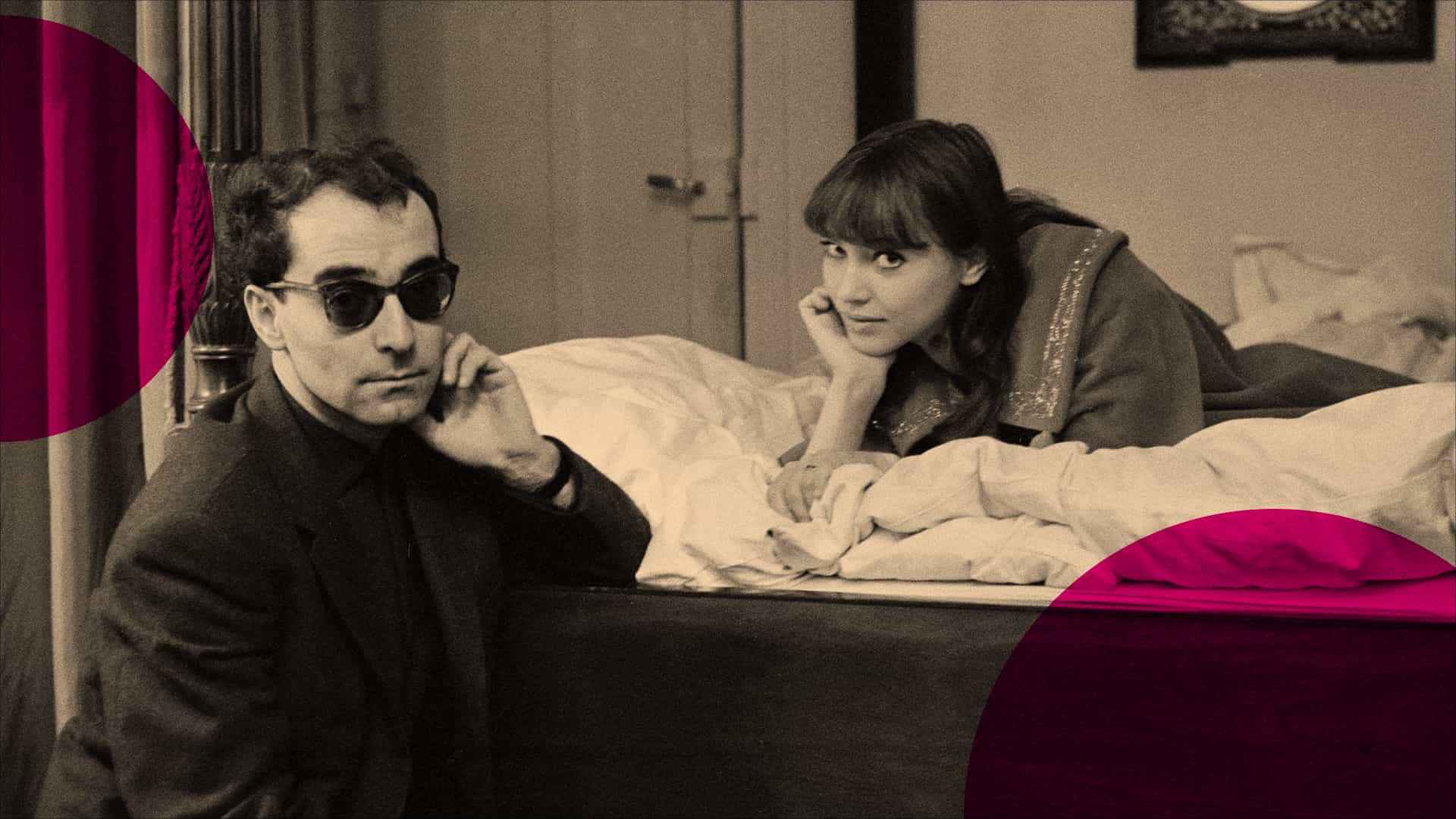The French New Wave changed the ways movies were made forever and influenced some of the greatest directors of our time. But what is the French New Wave? How did it begin and why? This post will provide you with a definition, a brief historical context, and highlight some key characteristics of the movement from the earliest pioneers. As we’ll see, the influence of the French New Wave continues through modern filmmakers like Tarantino and Scorsese, just to name a few.
What is French New Wave?
Background and style
For one of the most influential movements in cinematic history, it's not that easy to define! Before we move on to discuss some of the stylistic contributions that the movement had on filmmaking, let's begin with a little background.
FRENCH NEW WAVE DEFINITION
What is French New Wave?
The French New Wave was a film movement from the 1950s and 60s and one of the most influential in cinema history. Also known as “Nouvelle Vague," it gave birth to a new kind of cinema that was highly self-aware and revolutionary to mainstream filmmaking. A group of French critics, who wrote for the journal, Cahiers du Cinema, believed films had lost their ability to capture true human emotion and "lacked sincerity." They felt the films were out of step with how people actually live.
There were quite a few notable French film directors who were part of the movement, including Francois Truffaut, Jean-Luc Godard, Claude Chabrol, Eric Rohmer, Jacques Rivette, Louis Malle, Alain Resnais, Agnes Varda, and Jacques Demy. Their films were characterized by rejecting film traditions but how did they do that?
FRENCH NEW WAVE CHARACTERISTICS:
- Deemphasized plot & dialogue was often improvised
- Jump cuts rather than continuity editing
- Location shooting
- Handheld cameras
- Long takes
- Direct sound & available light (live recordings, often didn’t adjust light)
French New Wave Cinema
A brief history of French New Wave
The French New Wave emerged out of a hungry post-war France. Salivating for culture and left only with mainstream media that felt trite and contrived, French critics and film lovers began experimenting with different filmmaking techniques. Their influences ranged from the Italian Neo-Realism and American noir from the 40s and 50s.
During WWII, films from outside France stopped being imported into the country. But after the war, those embargoes were lifted and these cinephiles and critics were inundated by a flood of "new" movies. All this work from Hollywood greats like Welles, Hitchcock, and Ford energized the French critics and the rest is history.
Related Posts
French New Wave Characteristics
Revolutionary techniques
For decades, mainstream filmmaking, especially from Hollywood, set the standards and "rules" on how to make a film. The French filmmakers understood those rules...and then threw them out the window. The smaller, lightweight cameras were often "freed" from the tripod and handheld, giving a new life and energy to their films.
Non-linear and fragmented editing became another major and exciting contribution. For decades, each Shot A led logically into Shot B, leaving no gaps in the information to keep the audience from being confused. Now, in these French films, logic became a secondary concern.
The video from The Discarded Image highlights the radical choices made by French director, Jean-Luc Godard. His film, Breathless, became one of the preeminent films in the movement and began one of the most exciting and artistic careers of any film director.
Jean-Luc Godard: Liberator
Related Posts
French New Wave Influence
Tarantino and Scorsese
The influence of the Nouvelle Vague on filmmaking and filmmakers cannot be understated. Entire generations of filmmakers have been influenced by these films, including Quentin Tarantino and Martin Scorsese. Tarantino even named his production company A Band Apart after Godard's seminal film Bande a parte (Band of Outsiders).
In this video, Scorsese discusses one of Francois Truffaut's best films from the era, Jules et Jim, and how the freedom he saw on screen inspired his own work.
Scorsese discusses Truffaut's influence
In this clip, Tarantino talks about Jean-Luc Godard and how his work gave him inspiration. In particular, he discusses how a review of a Godard film by noted critic Pauline Kael became more important to him than the film itself.
Tarantino discusses the influence of the Godard
RELATED POSTS
Up Next
Best French New Wave films
We've covered the general stylistic elements of the French New Wave but let's look at some of the most iconic films and filmmakers of the movement. In this post, we'll give you an essential list of films that made the Nouvelle Vague so exciting. Above all, these directors love cinema, and that's what makes them so appealing for likeminded filmmakers. These iconic directors may have come from a similar background but their approach to their own filmmaking makes this such a dynamic and versatile movement.
Up Next: French New Wave films →
Share your vision with elegant shot lists and storyboards.
Create robust and customizable shot lists. Upload images to make storyboards and slideshows.
